Strategic Attacks: Analyzing The Attack on Taganrog
Over the past few weeks, we’ve seen a significant upswing in the number of attacks on tactical fighters that have been performed by the Ukrainian Armed Forces. These elevated success rates have been responsible for taking down over a dozen tactical jets, mostly of the SU-34/35 class however Russia has also lost some significant airborne assets along the way. This includes multiple variants of the A-50 Mainstay aircraft, an Airborne Warning and Control platform that has been essential in tracking the movements of Ukrainian tactical jets.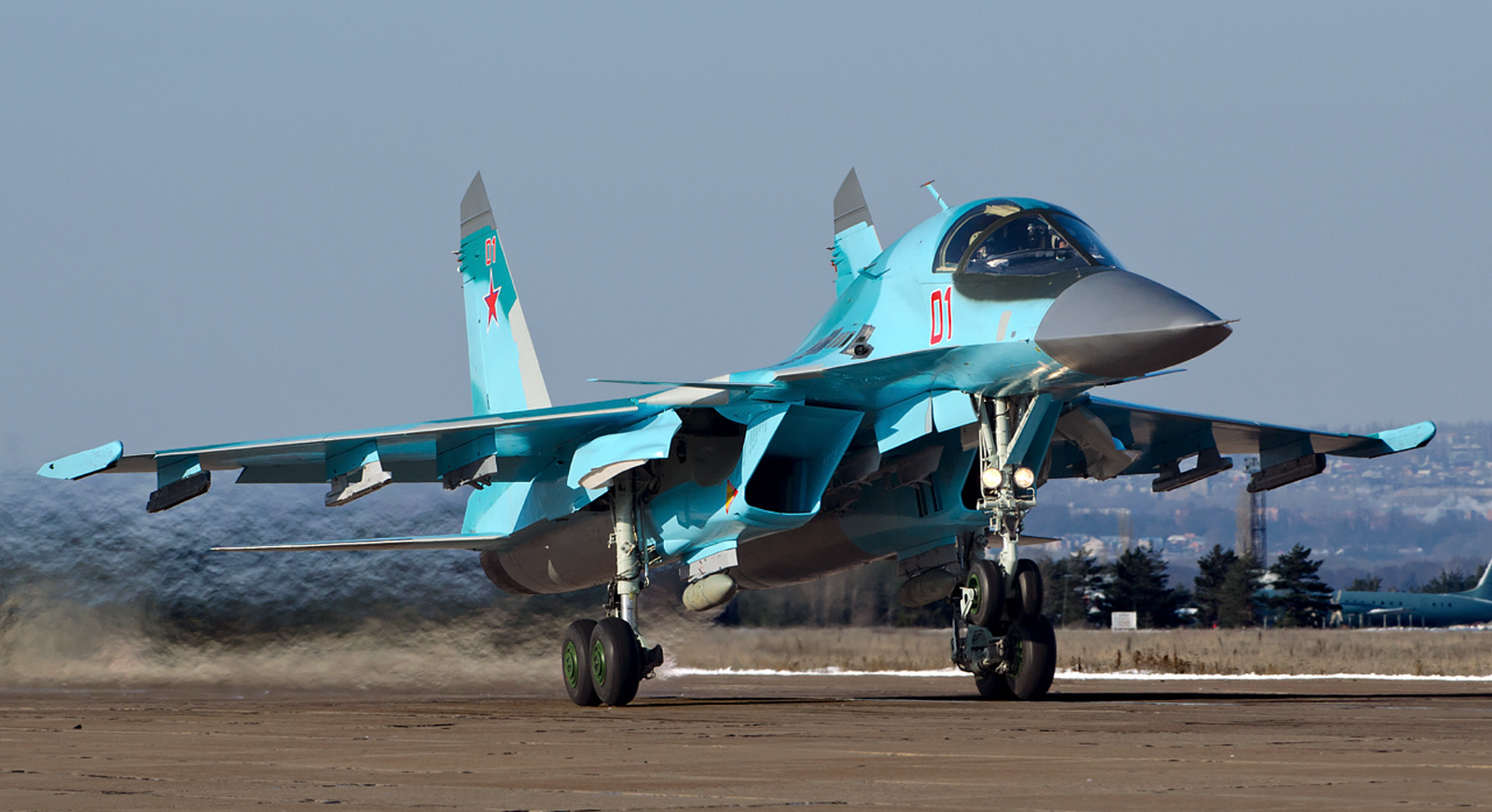
In today's article, we’ll be looking into an attack that was conducted via drone while the A-50 fleet was on the ground at Taganrog. Quite possibly the moment in the war where tactical strikes turned into strategic ones, we’ll look at how the strikes were conducted and take a dive into what this might mean for Russia’s aviation assets within a few hundred miles of the front line. Let’s get started.
Where Is Taganrog
Taganrog is a city located in the Rostov Oblast region of Russia. It is situated on the northern coast of the Sea of Azov, near the Ukrainian border. This puts it within strike range of some Ukrainian military assets. Taganrog is an important port city and has historical significance, being one of the oldest cities in the country. It has played a role in various aspects of Russian culture, industry, and history. The city is known for its maritime activities, industrial production, and cultural heritage.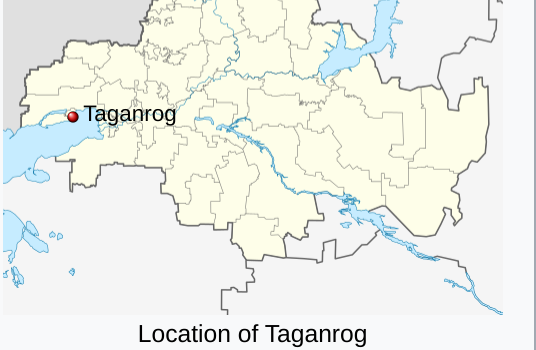 Taganrog Airfield. Rostov Oblast, Russia. Source: Wikipedia
Taganrog Airfield. Rostov Oblast, Russia. Source: Wikipedia
One long-standing commercial resident of Taganrog is the Beirev Aircraft Company, with two facilities within the region. While the Beirev company is known for multiple aircraft types, one of the most important ones to the Russian war effort is the Beirev A-50.
This AWACS (Airborne WArning & Control System) aircraft has been heavily used during the illegal russian invasions of Ukraine, using its powerful radar to look deep into Ukrainian territory across the front line. The consequences of this system mean that Russian forces are able to significantly limit the effectiveness of tactical aviation. And, despite having a limited number of airframes, prior to the last fortnight the Russian Federation was able to use this system 24/7. However, the post-attack assessments now show that this may no longer be the case.
Why the A-50 Matters.
While the current war remains an attritional battle on the ground, the fact is that due to the proliferation of ground-based air defence systems, no one side has been able to achieve outright air superiority over the battlefield.
Because of this, we see shifts in the way tactical aviation is used as well as a changing dynamic around the usage of both fast jets and airborne weapons systems. While the introduction of the F-16 & the AIM-120 AMRAAM may change this dynamic over the battlefield, for now, there remains a constant back and forth with no side being able to maintain the upper hand. 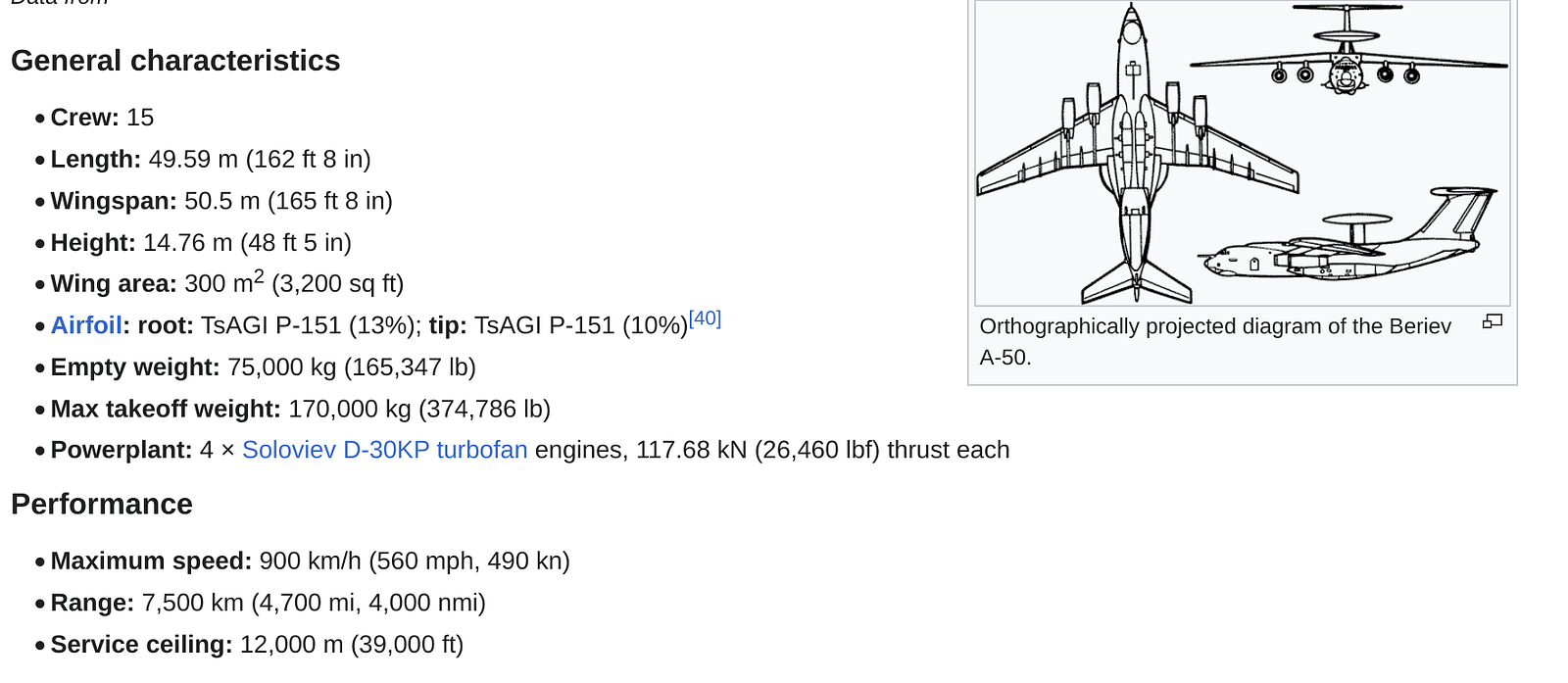 A-50 specs. Source: Wikipedia
A-50 specs. Source: Wikipedia
Because of this airborne assets like the US-based, RC-135 Rivet Joint & the Australian E-7 Wedgetail become extremely important as force multipliers. Not only can these systems use their powerful radar for gathering intelligence, but onboard Signals Intelligence (SIGINT) equipment allows them to plot the location of radio transmitters, air defence systems and other assets that may be important to the war effort.
The Russian version of the E-7 is the A-50. Due to the value of these assets and a previous ground attack at the Machulischy Airbase near Belarus, these assets were eventually moved to Tagnarov with the hope of keeping them safer and more secure from ground attacks. 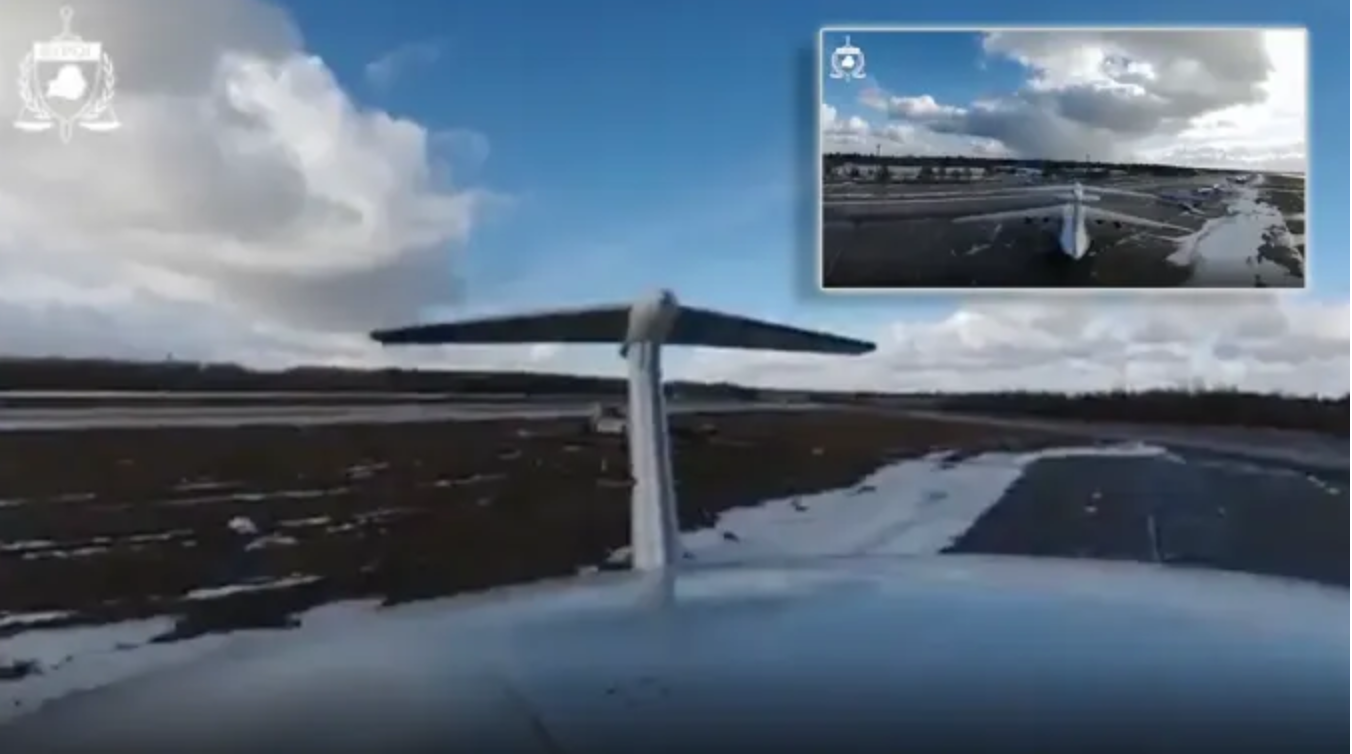 A-50 has been attacked on multiple occasions before. Source: Wikipedia.
A-50 has been attacked on multiple occasions before. Source: Wikipedia.
It’s also important to point out that due to limited airframe numbers and sanctions, the replacement of any aircraft lost becomes much harder to rationalise. Therefore, it’s reasonable to assume that for now, the Russian Federation must play with the numbers it has with regard to the mainstay fleet, as replacements under the current conditions will be hard to organise.
The Logistics
Due to the location of Taganrog, as well as the current influence of Russian air defence systems, we can deduce a number of relevant points that will influence the logistics behind the attack.
Firstly, due to air defence density, it’s unlikely that tactical jets can be used, and the storm shadow missile inventory is probably inadequate for that type of strike.
Secondly, with a distance of just 50km or so from the Ukrainian Border, any weapon used would have to navigate a path through this air defence system. Given the limited number of tactical jets and the importance of Ukrainian pilots for said jets, it doesn’t take long to realise that the best option for prosecuting this attack is in fact, an unmanned or kamikaze drone fleet. 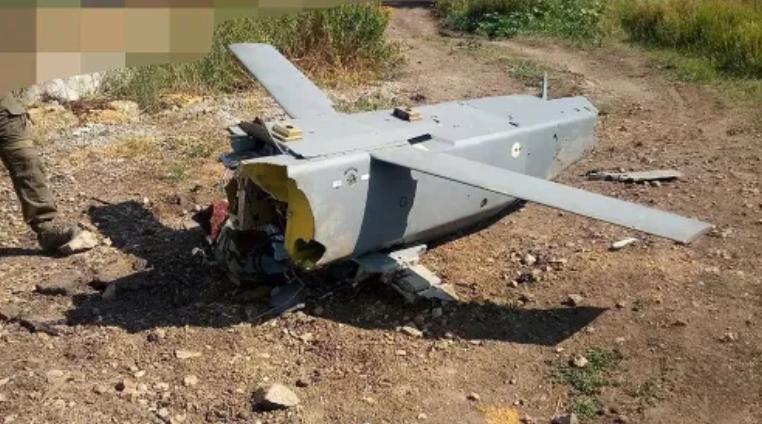 Storm Shadows have been lost in Ukraine before. Source: Wikipedia
Storm Shadows have been lost in Ukraine before. Source: Wikipedia
It’s going to be much easier for these drones to be able to navigate a one-way path to perform these attacks than it is for tactical jets. Even with off-axis targeting capabilities, a situation such as this will be a tough ask for the Storm Shadow Cruise missile.
The Attack
Note: This is an active conflict. Open Source data has been used to compile this article but as you’d reasonably expect, some data may be withheld or unable to be verified and overall data remains limited. All best efforts have been applied in verifying the information used in analyzing the attacks but some information may still be unclear.
While the departure point remains unclear, it’s believed that around 40 airframes were used in performing the attack. While more may have been present, this matches with the official data from the Russian Government released in the wake of the attack. Open-source satellite imagery confirms that A-50 airframes were in attendance on the day of the attack, and social media posts on telegram note that at least 15 separate explosions were heard during the attack. 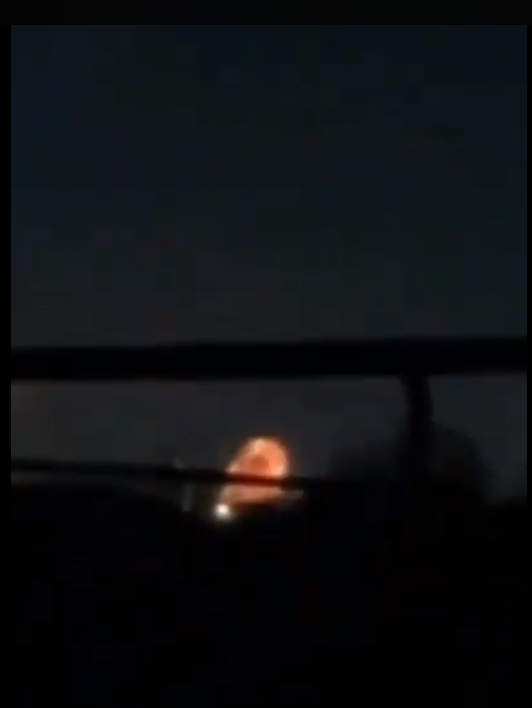 Social media footage of the attack. Source: Telegram
Social media footage of the attack. Source: Telegram
It’s also unknown at this stage what type of drones were used, with Ukrainian forces using a variety of systems that are under development to perform these types of attacks. These include repurposed soviet era systems as well as more modern designs from both within Ukraine and overseas.
One good candidate for the attack could well be the Australian-designed SYPAQ drone. This low-cost, drone is manufactured out of wax cardboard and has the ability to carry a 6kg warhead over a distance of 120km. SYPAQ drones were part of a major Australian aid package that was delivered in 2023. While the warheads are on the smaller side for buildings and infrastructure its entirely plausible that such a warhead is capable of damaging a platform such as the A-50 in a sneak attack.
We’ll keep an eye on developing news and see if further information is to be released around the type of drone that was used in prosecuting the most recent attack. 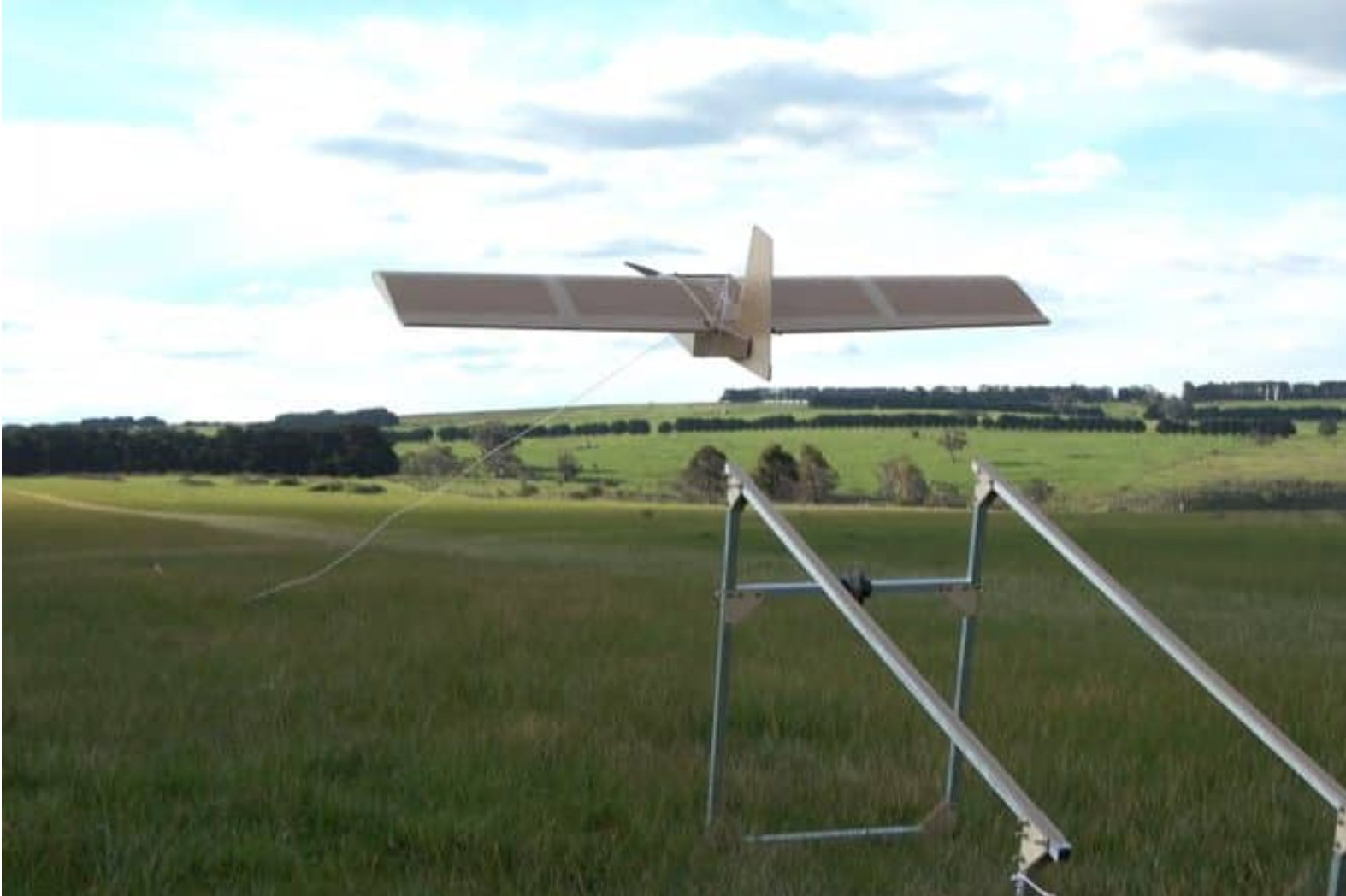
The Future
While it’s true to say that in a nation-state war, it often takes more than a single attack to change the dynamic, one thing that can be said has changed slightly in the wake of this attack is the status quo. When placed with the other recent attacks contextually, it shows that the contested sector which is tactical aviation, has become even more contested of late and at this point the balance is firmly in the favour of Ukraine and the US-designed Patriot system. 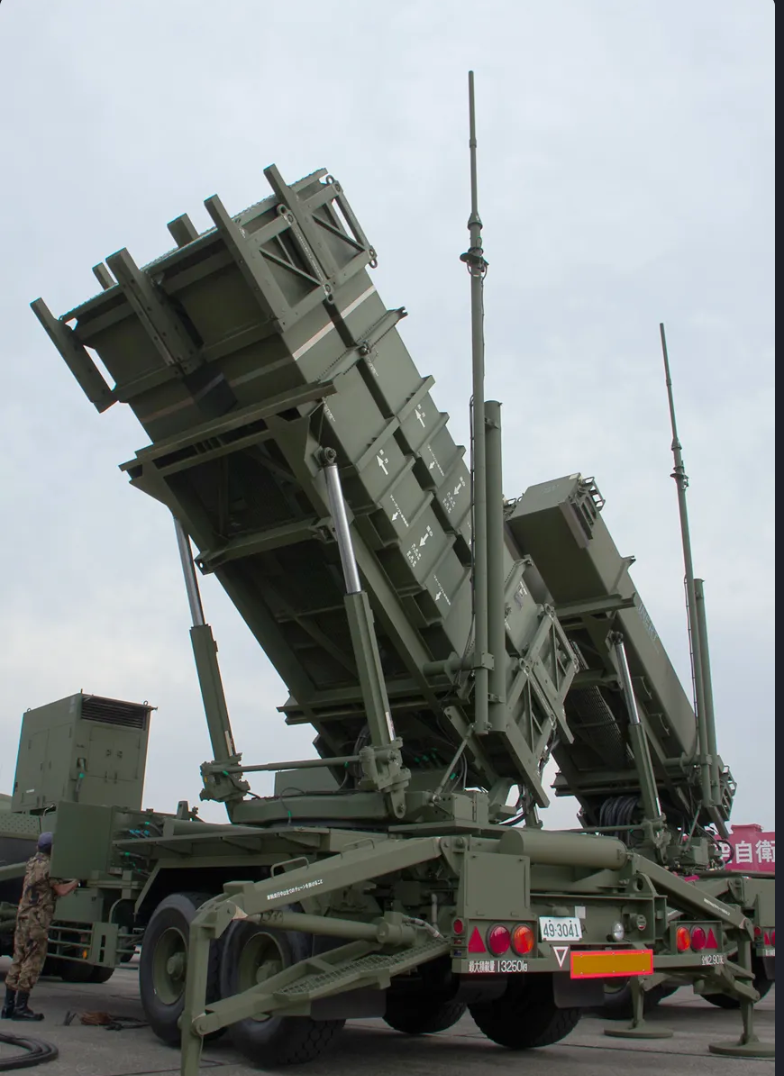 Patriot Air defense system has been responsible for ramping up the pressure. Source: Wikipedia
Patriot Air defense system has been responsible for ramping up the pressure. Source: Wikipedia
However what it also shows is that while earlier in the war, strategic Russian assets were deemed to be reasonably safe from attack while within Russia, this is no longer assumed to be the case.
With the recent announcement that Ukrainian F-16s would NOT be prohibited from striking targets within Russia, this puts additional pressure on Russian aviation and the assets that it uses to perform these roles. While the conflict will continue to be a ground-based attrition war for now, it’s clear that in the future aviation will become more important in determining the eventual victor.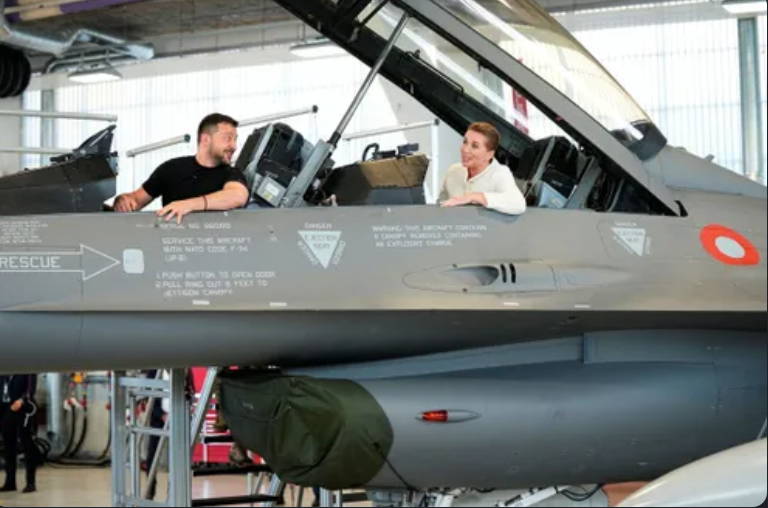 The F-16 will project force more effectively across the front lines and, possibly even within Russian. Source: UA Govt
The F-16 will project force more effectively across the front lines and, possibly even within Russian. Source: UA Govt
Sources, Thanks & Fundraising
It’s reasonable to say that this conflict has been so prolific that it's difficult for a single analyst to compile an article without using accompanying sources. This means that the compilation of articles such as these requires information from external sources, many of which are to be found on X or Telegram. We’d like to credit the following source that was drawn on when compiling this article.
This thread
Lastly, if you’d like to support Ukraine in the defense of their homeland you can do so via the official United24 website.
Medium has recently made some algorithm changes to improve the discoverability of articles like this one. These changes are designed to ensure that high-quality content reaches a wider audience, and your engagement plays a crucial role in making that happen.
If you found this article insightful, informative, or entertaining, we kindly encourage you to show your support. Clapping for this article not only lets the author know that their work is appreciated but also helps boost its visibility to others who might benefit from it.
🌟 Enjoyed this article? Support our work and join the community! 🌟
💙 Support me on Ko-fi: Investigator515
📢 Join our OSINT Telegram channel for exclusive updates or
📢 Follow our crypto Telegram for the latest giveaways
🐦 Follow us on Twitter and
🟦 We’re now on Bluesky!
🔗 Articles we think you’ll like:
- Software Defined Radio & Radio Hacking Pt 1
- OSINT Investigators Guide to Self Care & Resilience
✉️ Want more content like this? Sign up for email updates























